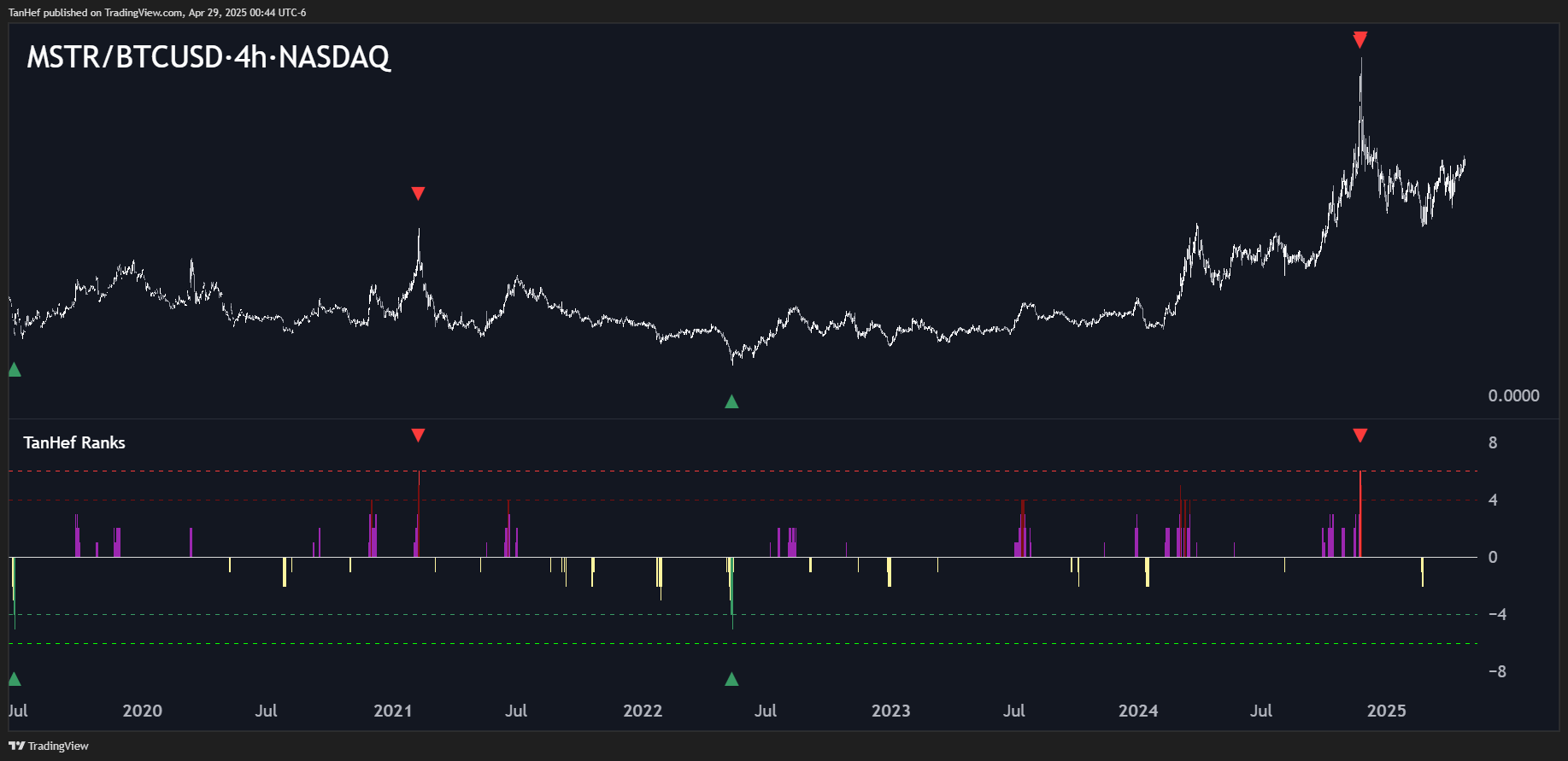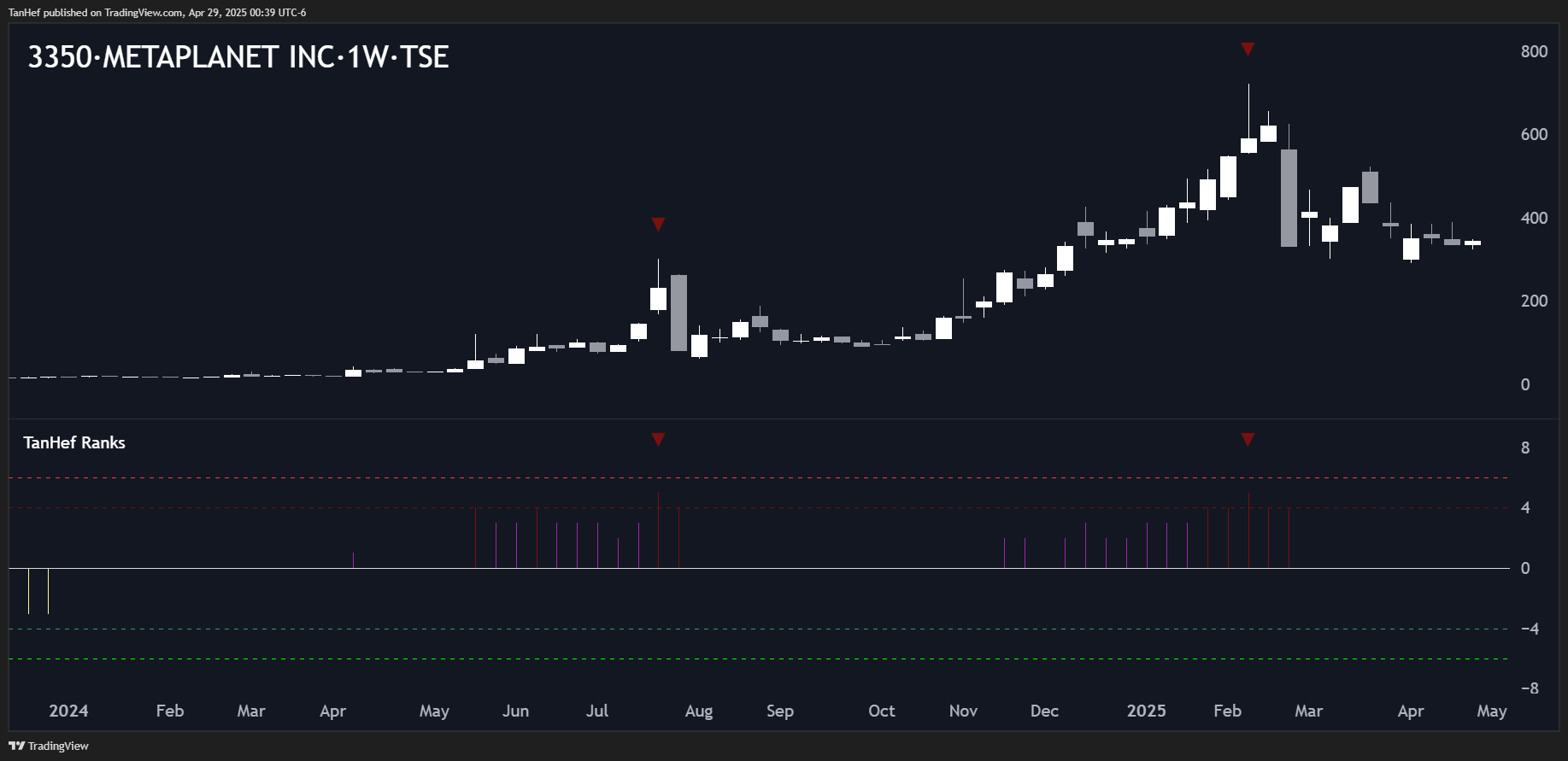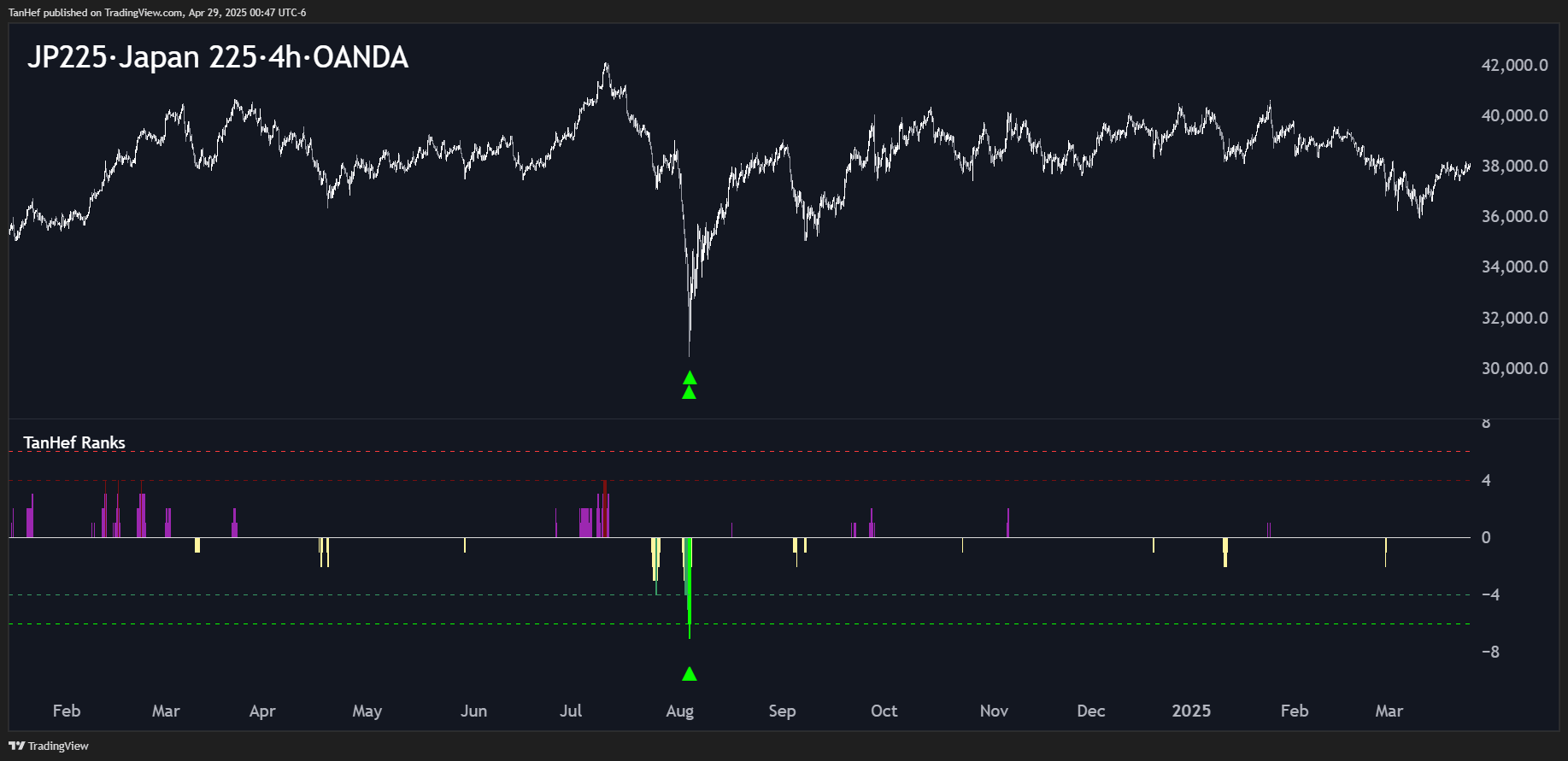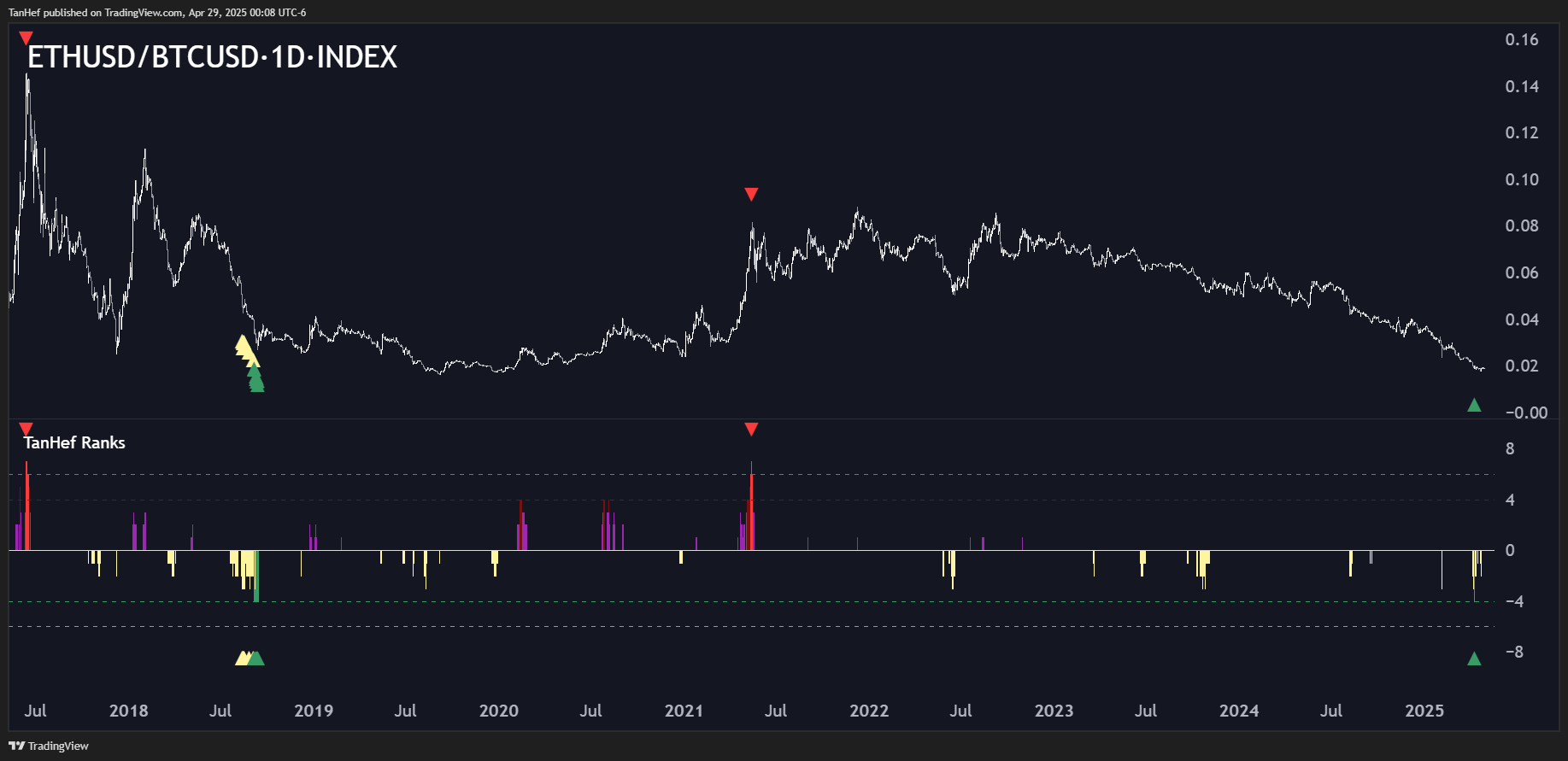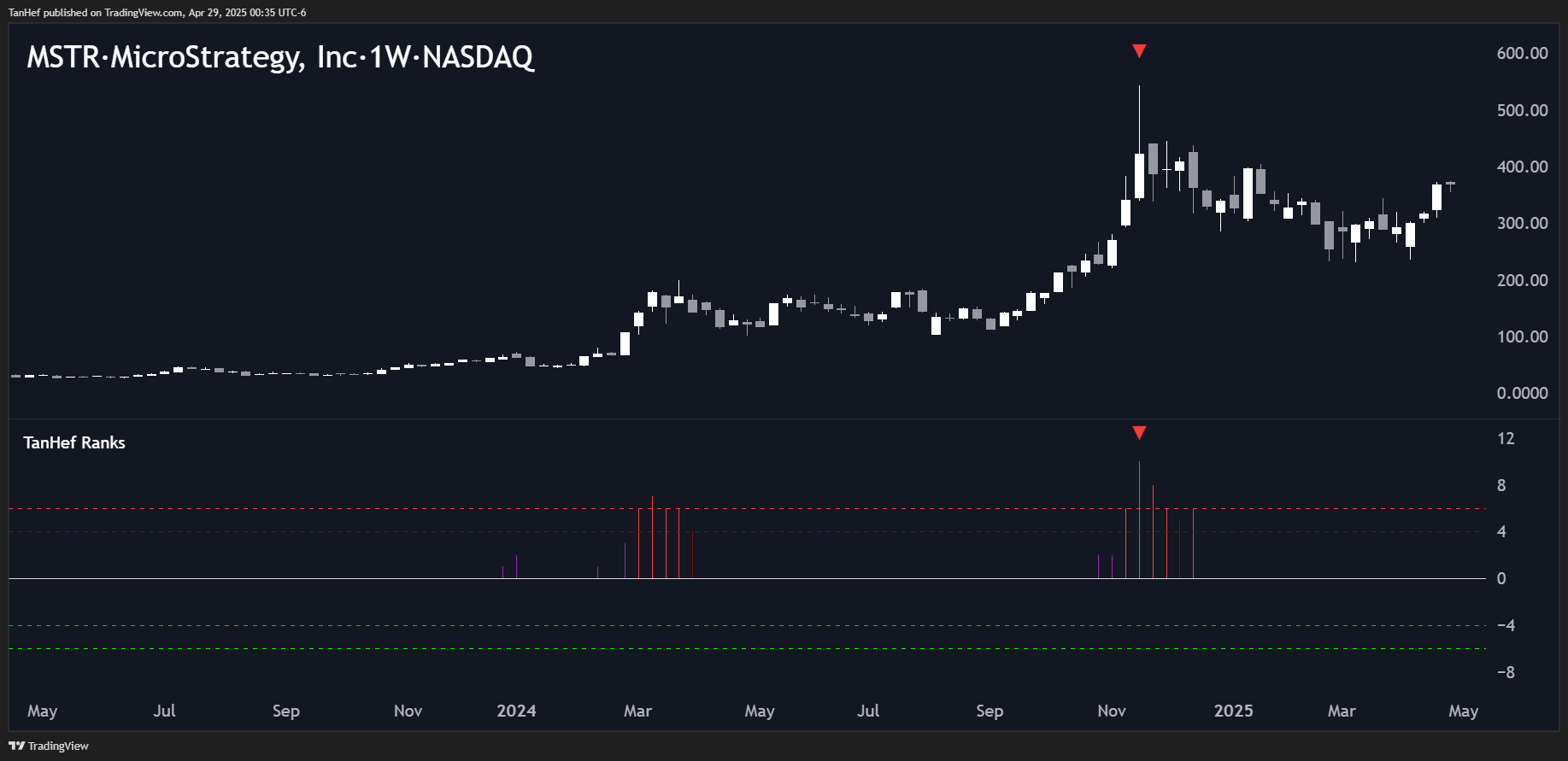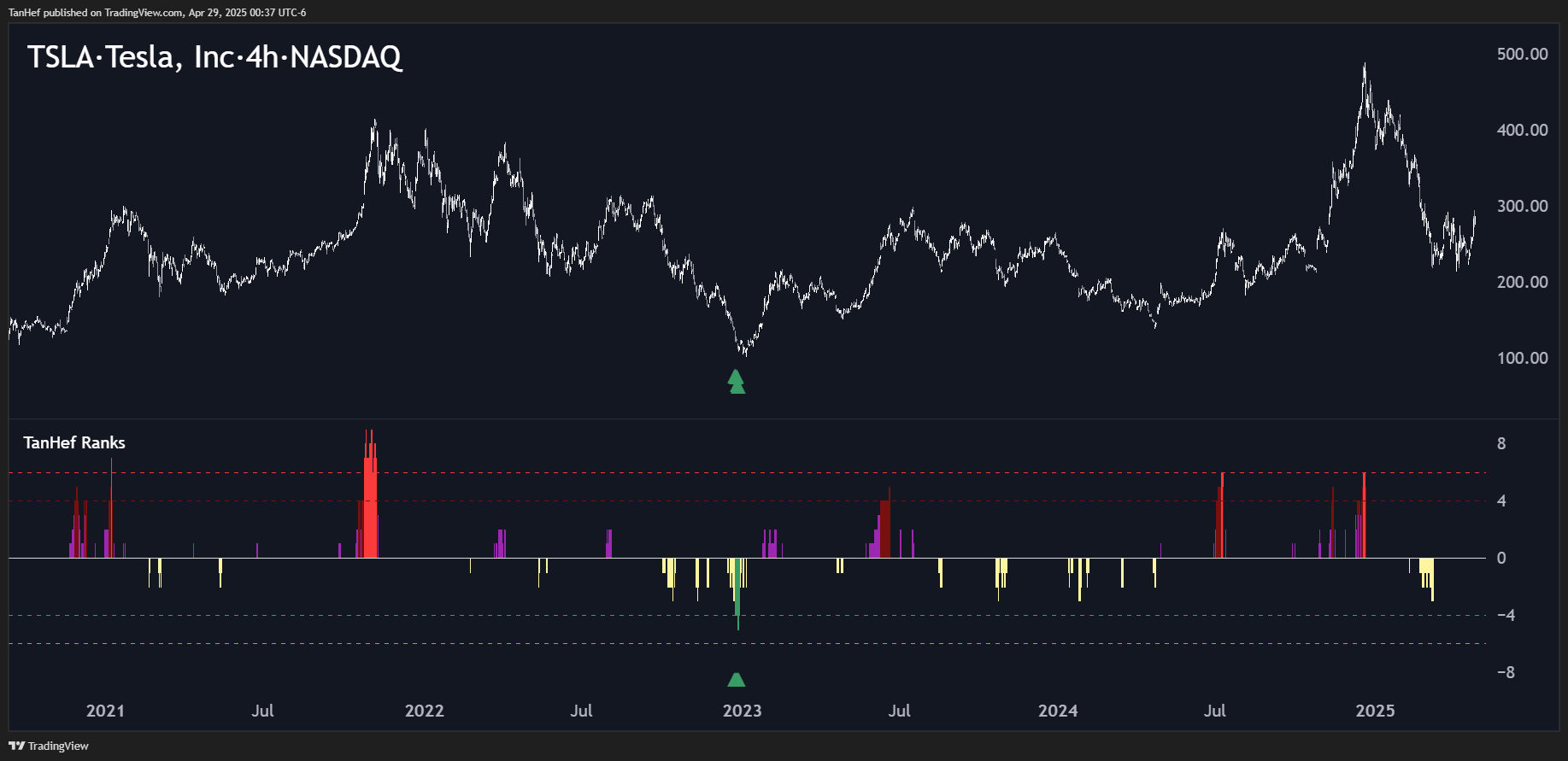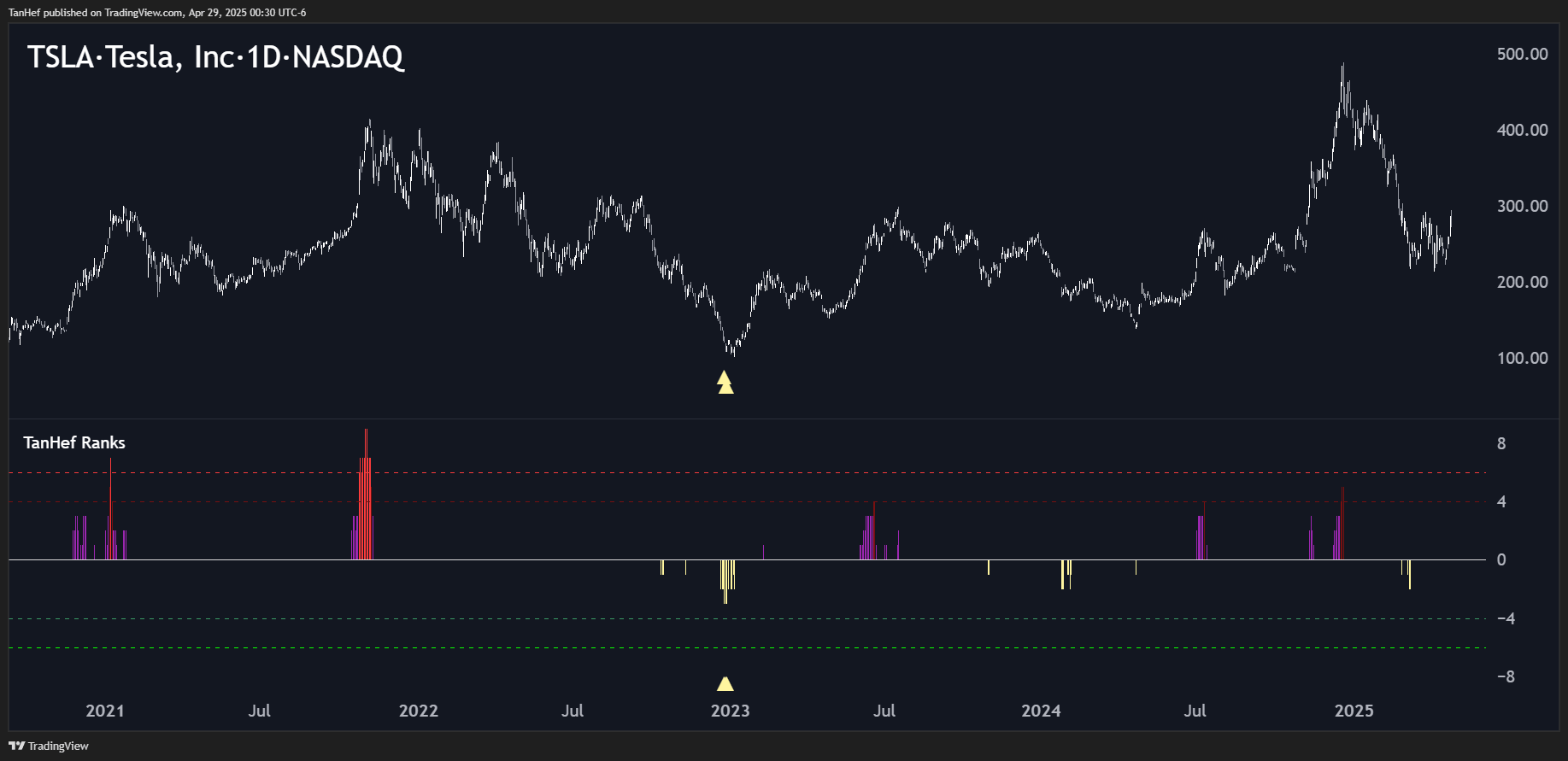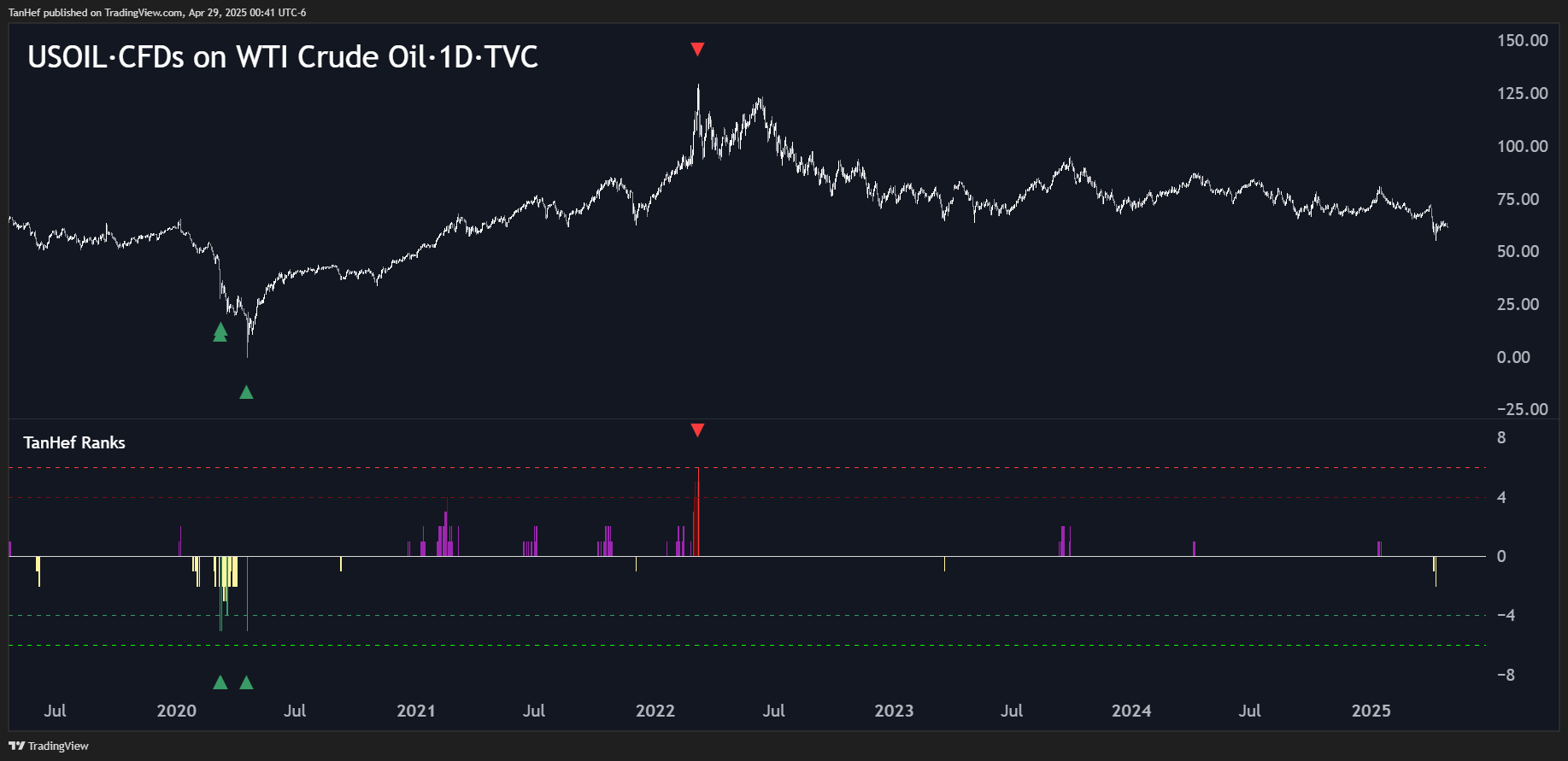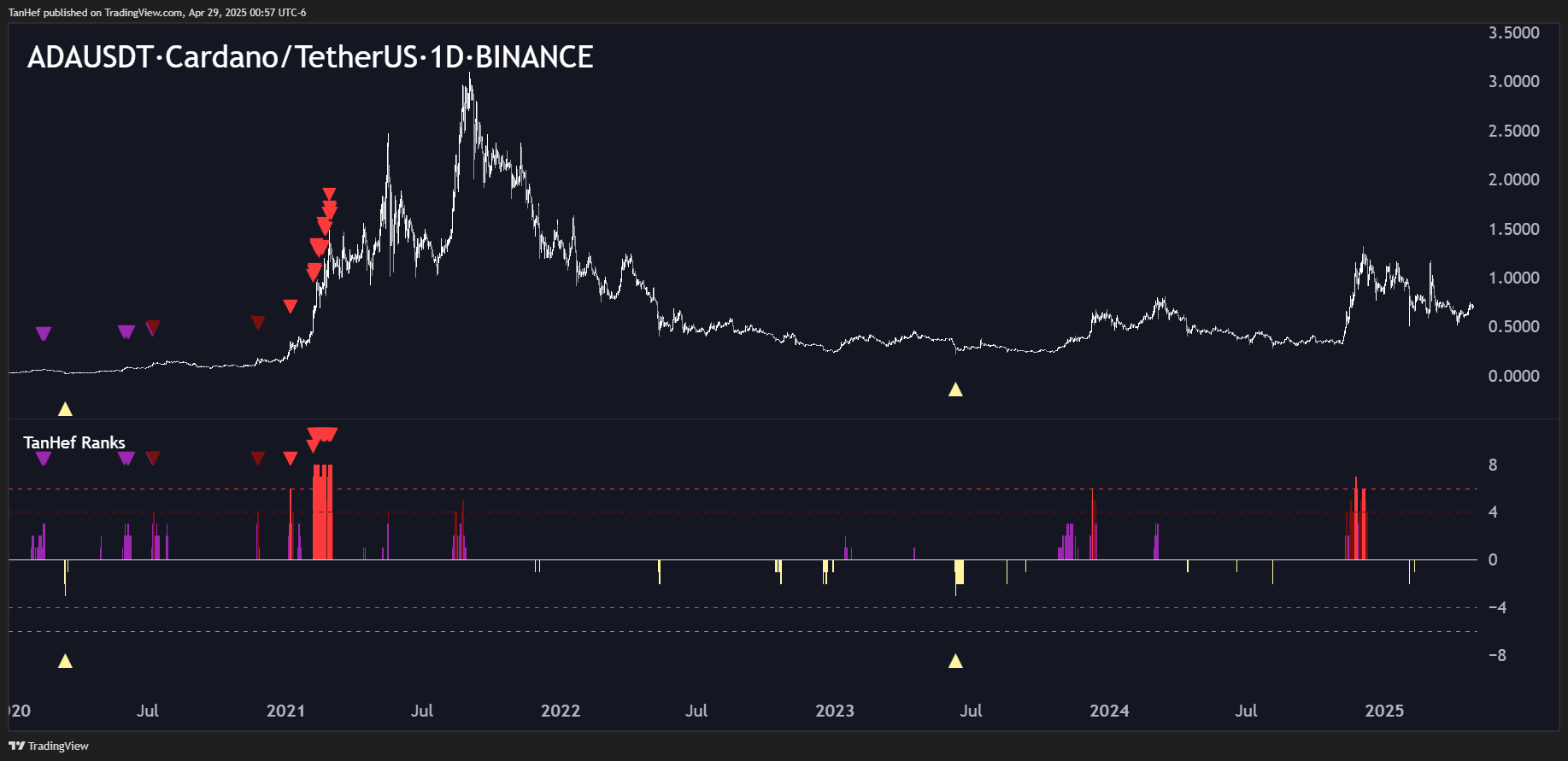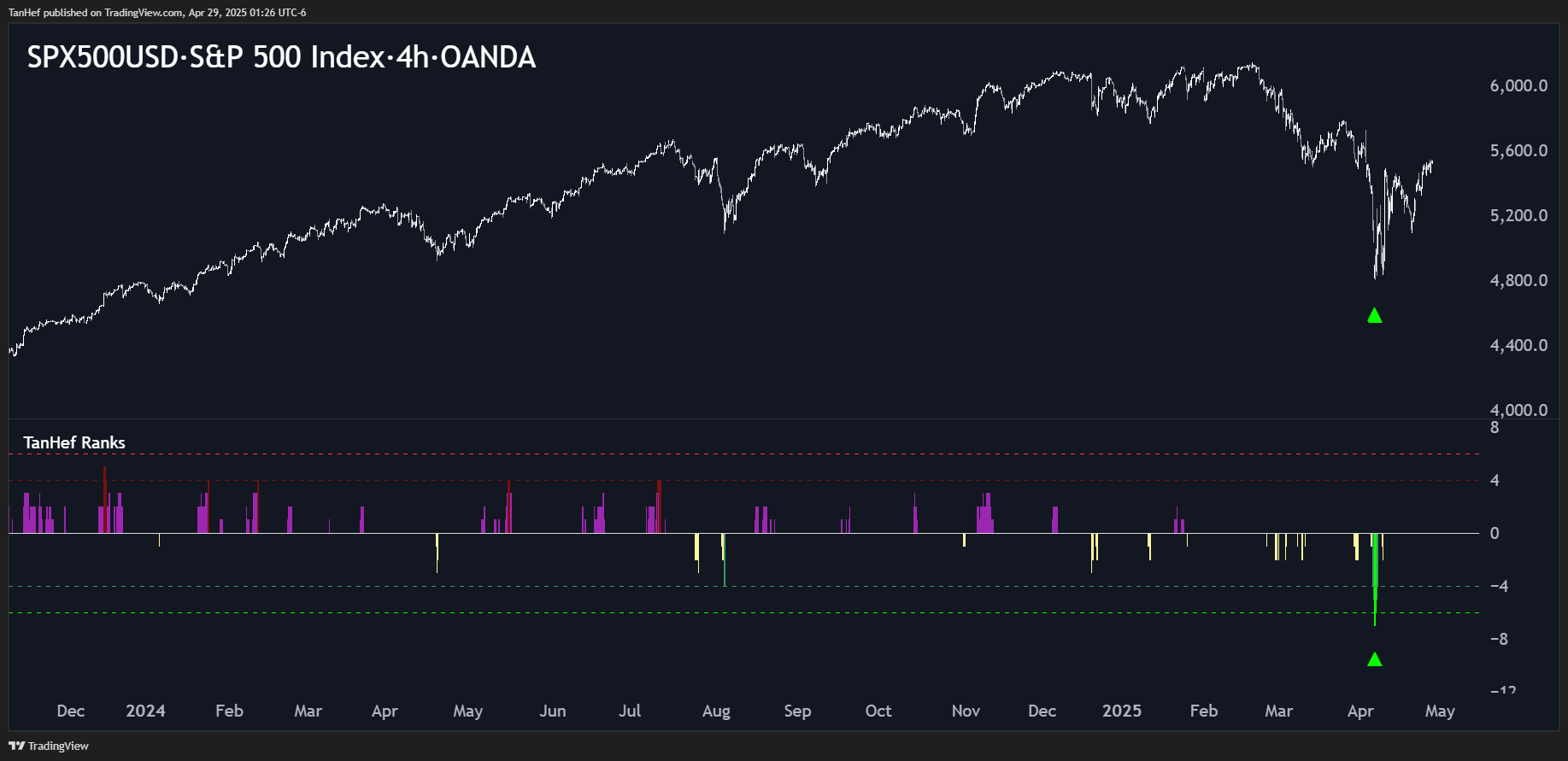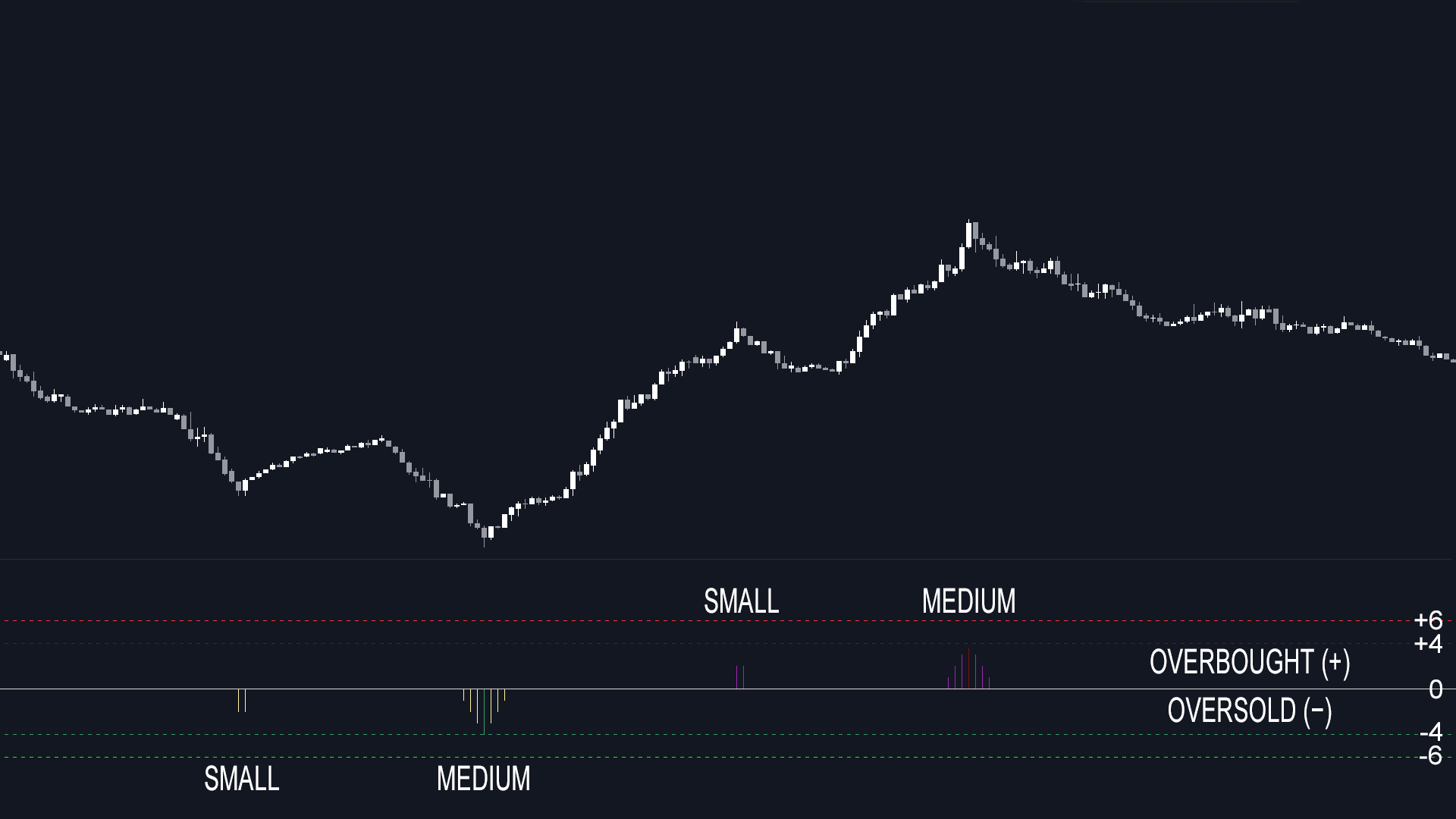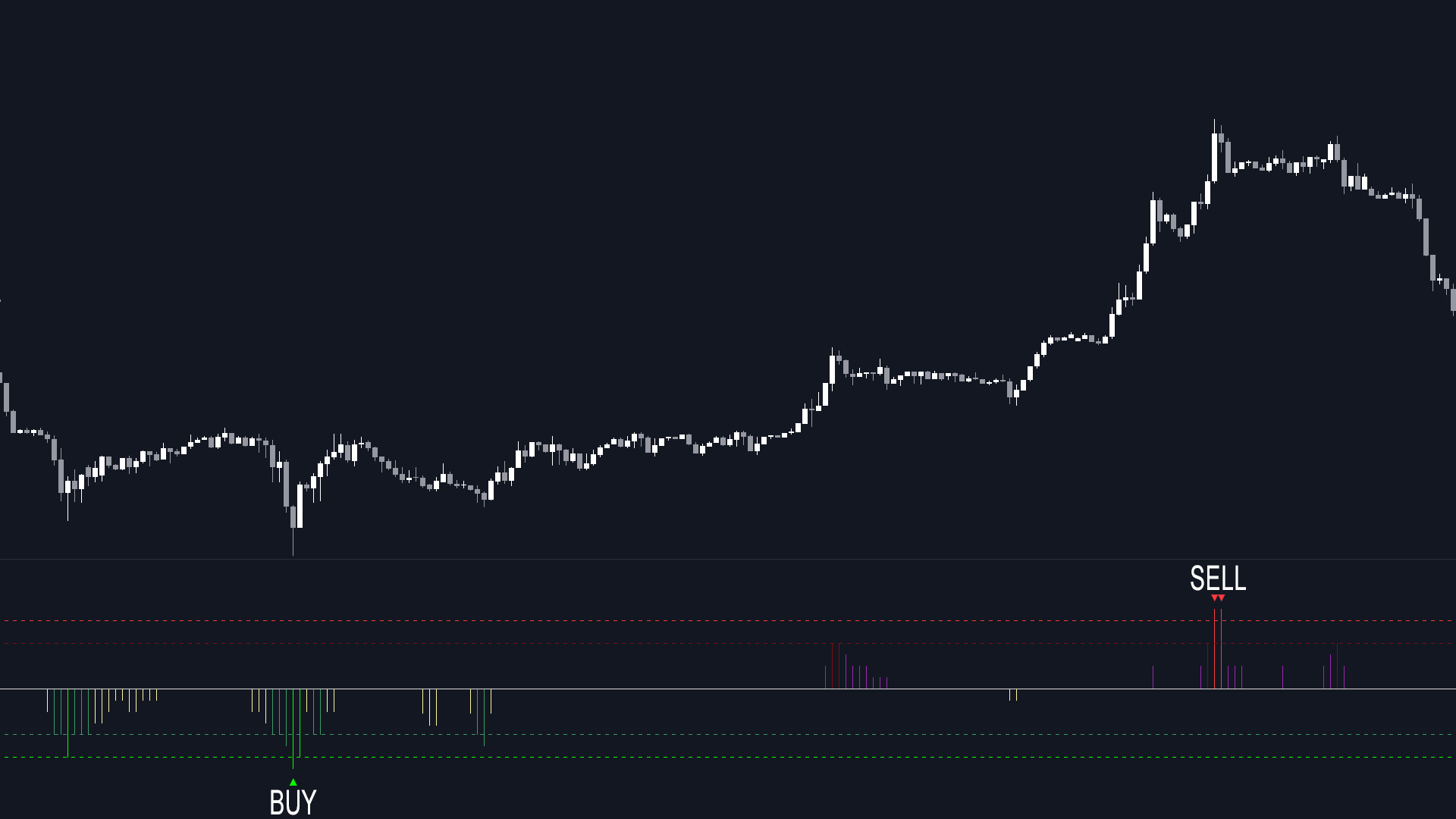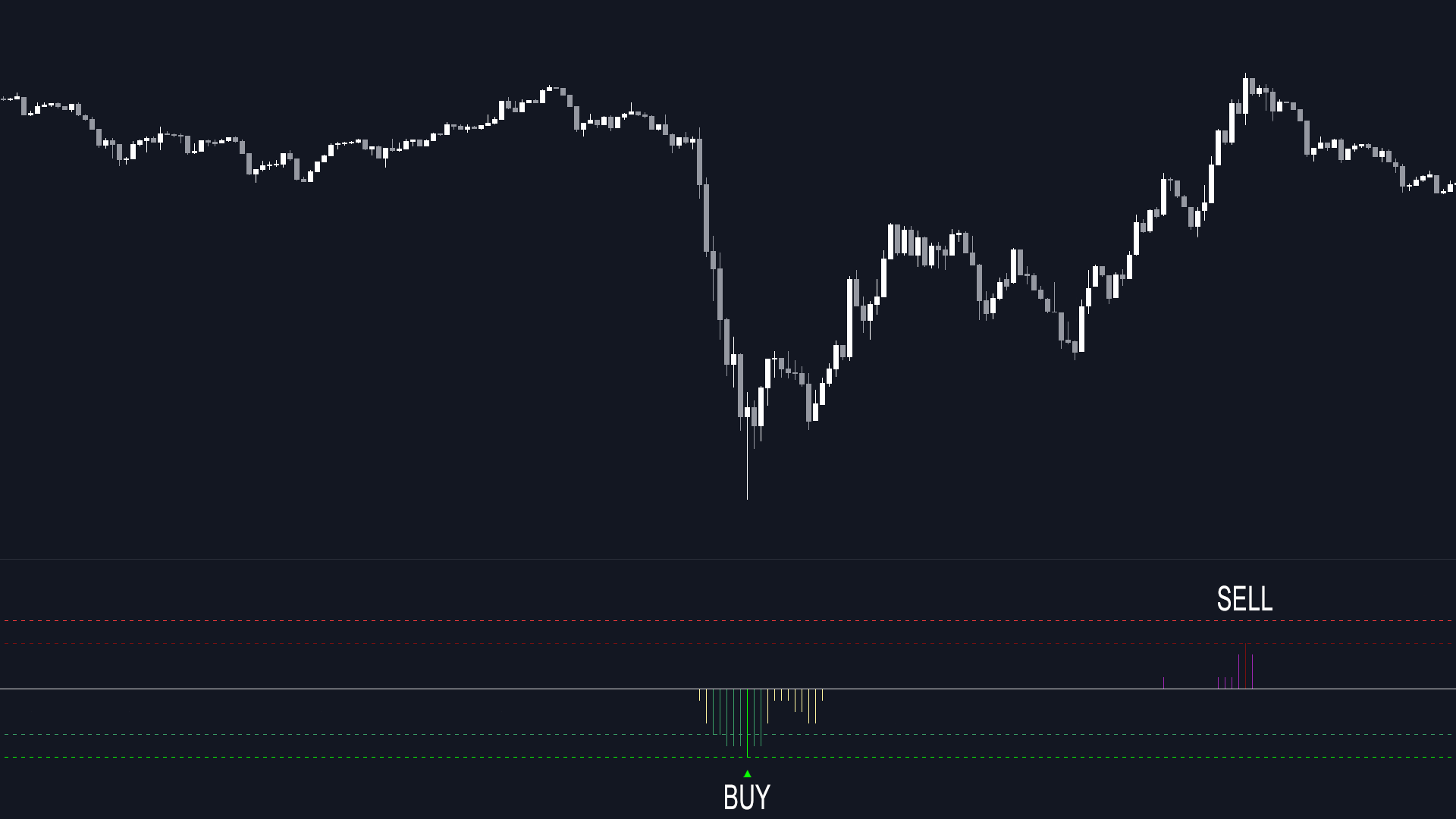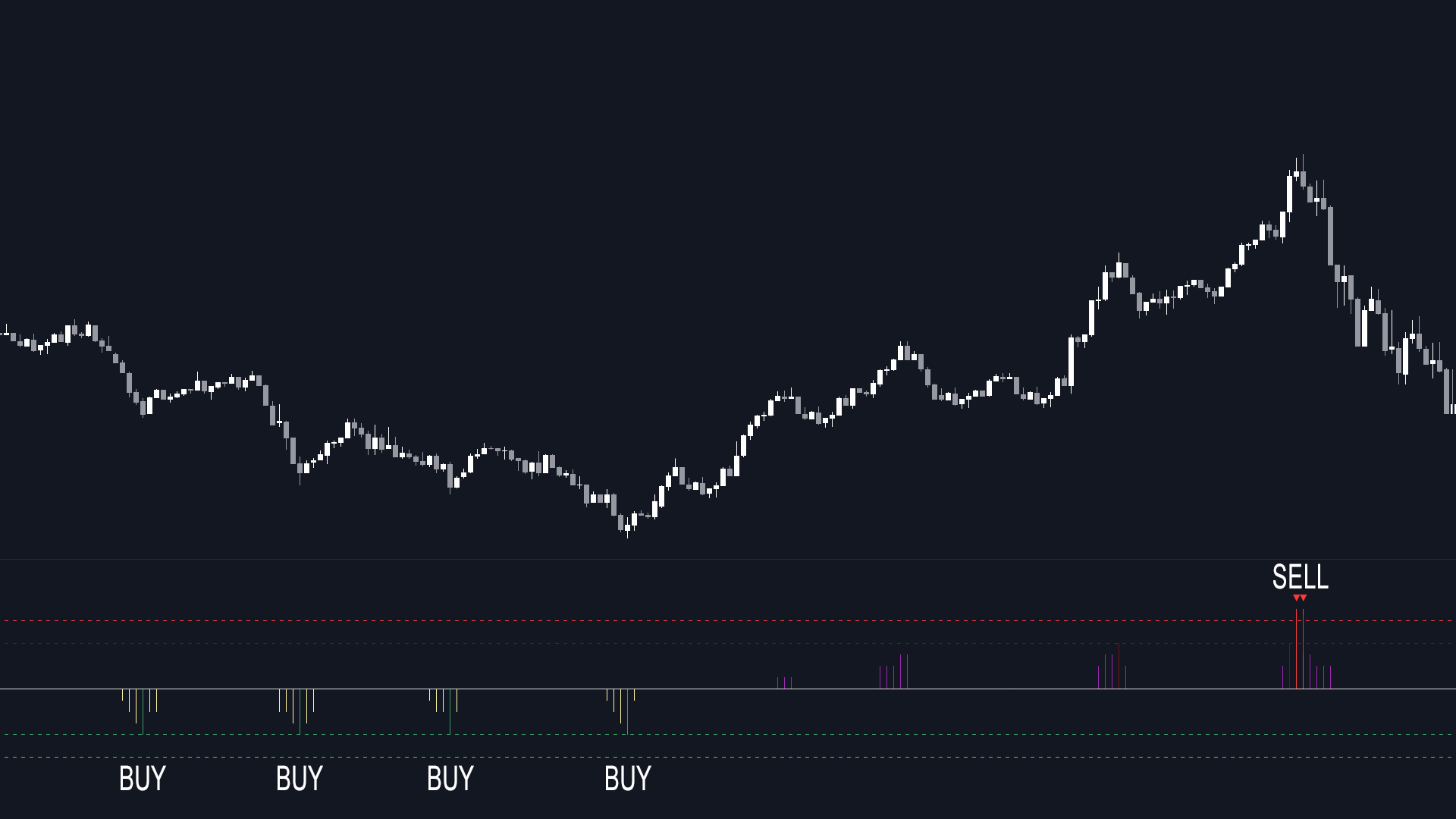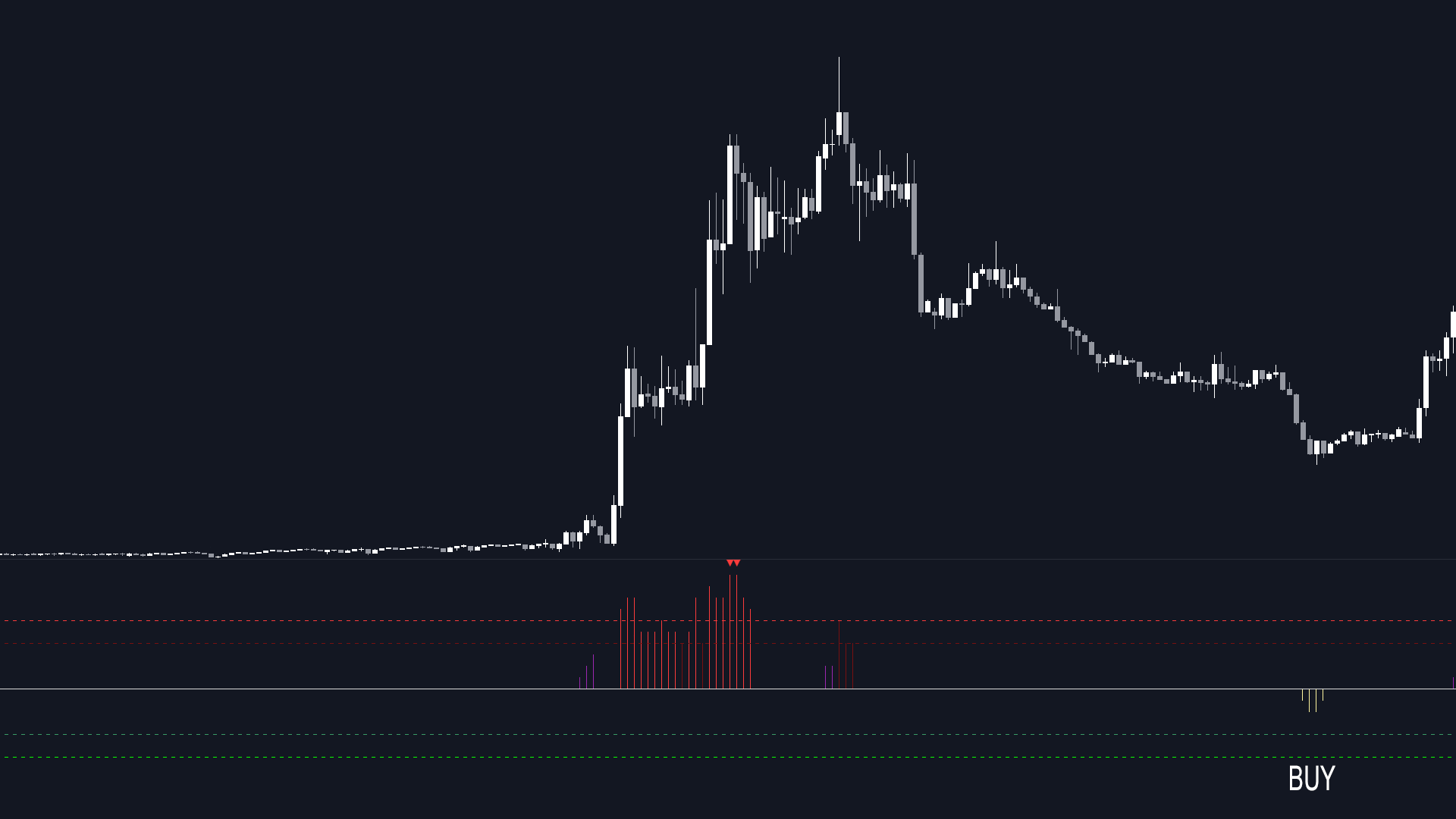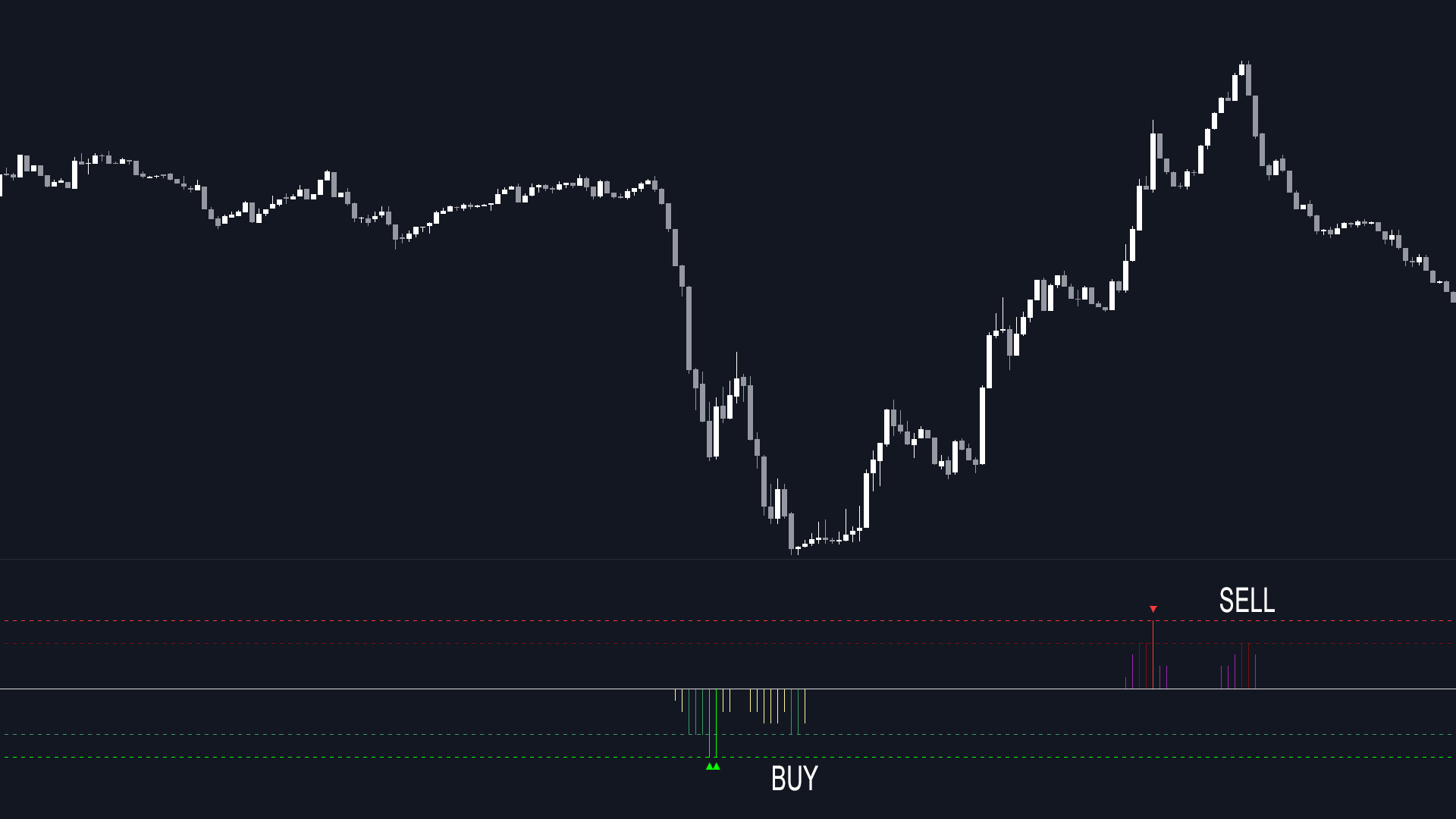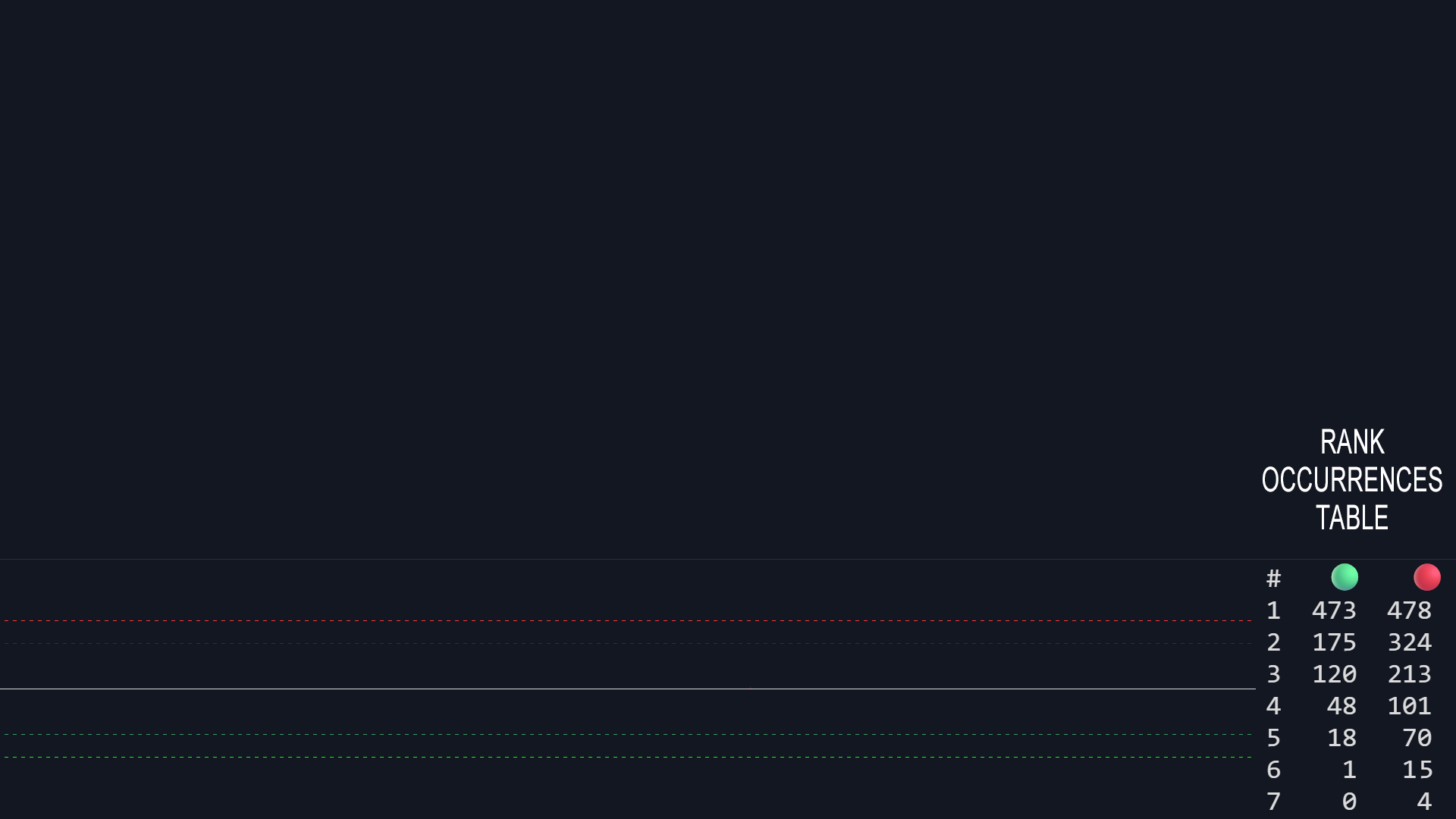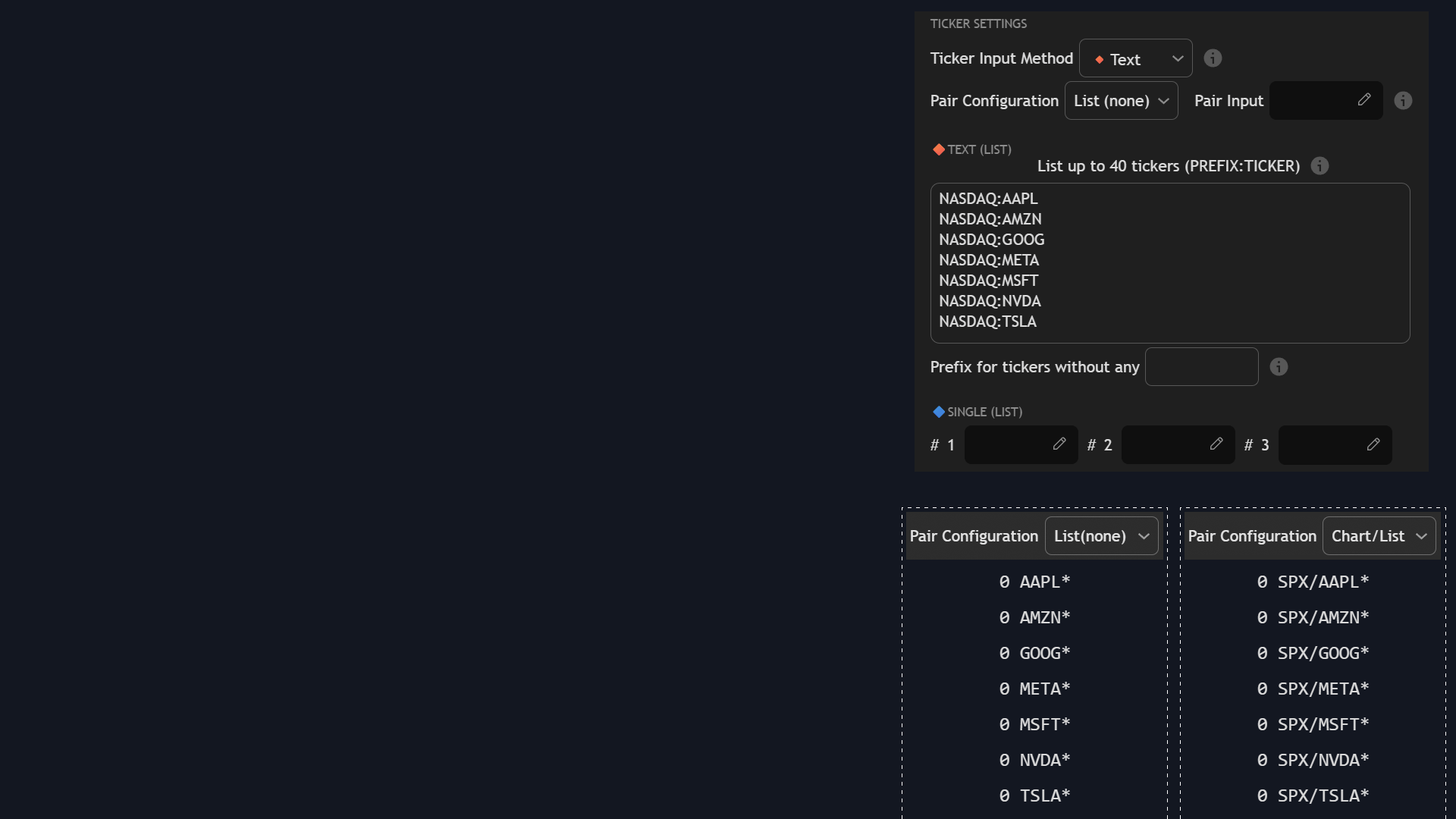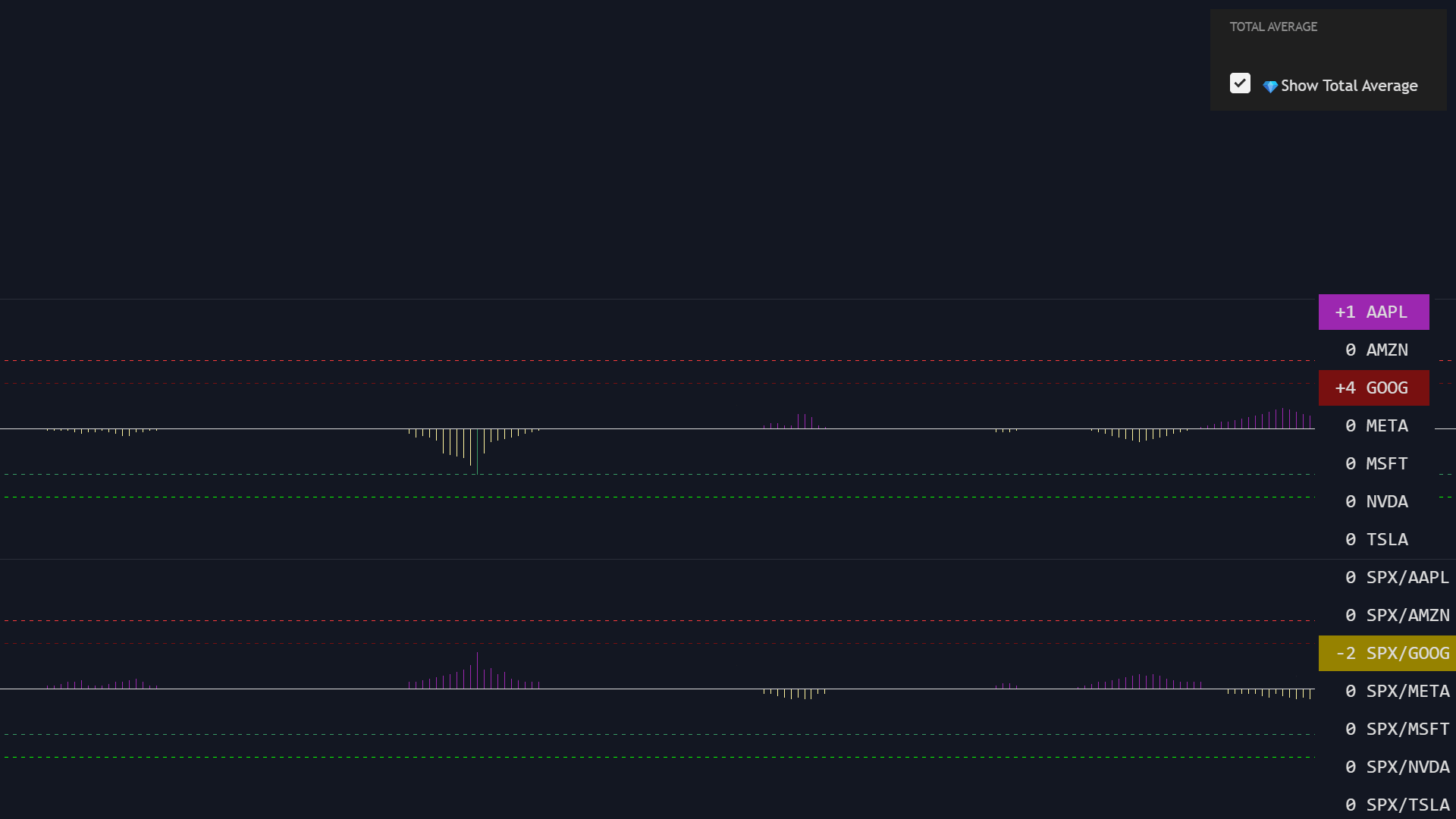TanHef Ranks — Find Tops & Bottoms
Easy-to-read signals with time-saving alerts. No Repainting! ⓘ
Tutorial
TanHef Ranks helps you stay patient, avoid bad trades, and make decisions when it counts — get alerts instead of staring at charts.
Quick-Start: Extreme Oversold (▲=Buy). Extreme Overbought (▼=Sell).ⓘ

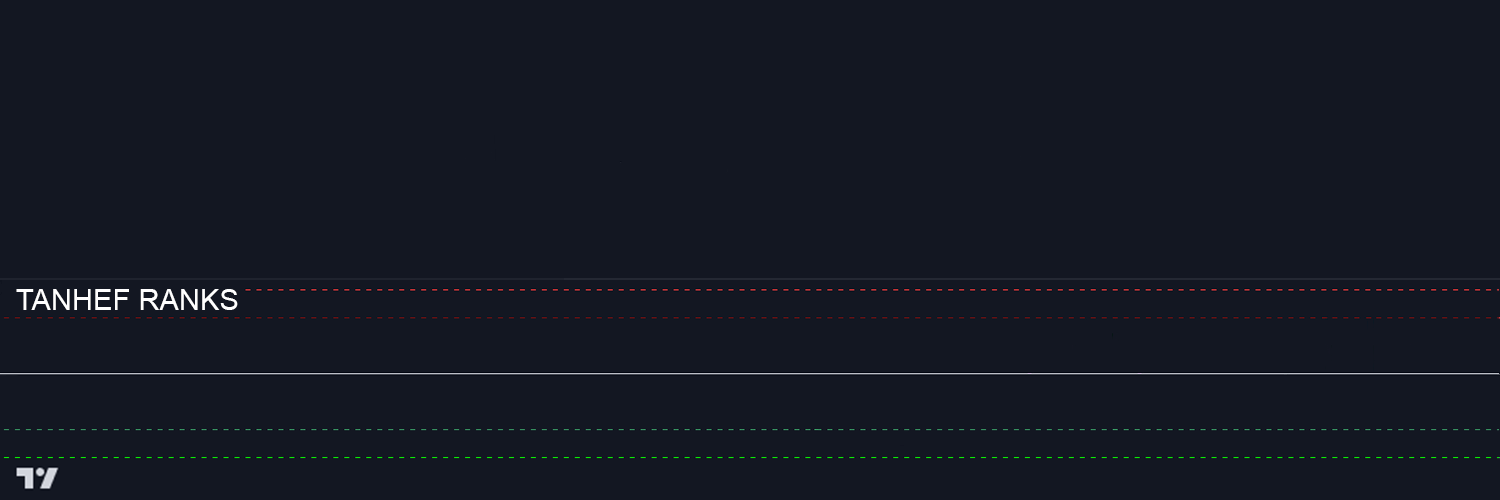


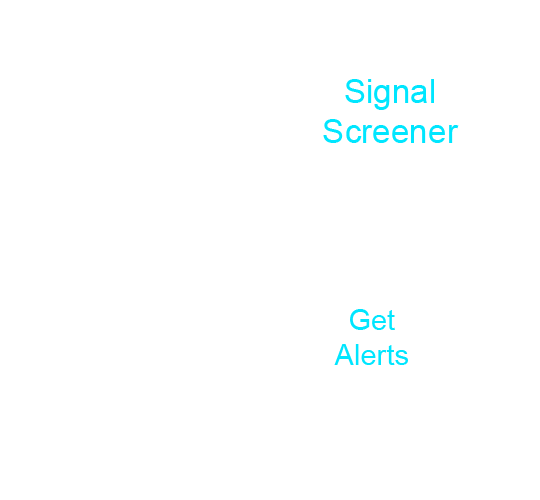

TanHef Ranks indicator — simple trading signals using ranks.
TanHef Ranks Screener — scans ranks and advanced pair analysis.
See it in action (<30s each):
Frequently Asked Questions. Select boxes to learn more:
📊 Ranks
Numeric Ranks that flag price extremes and momentum shifts.
🧮 +/− Rank
🟢Negative = Oversold (buy idea).
🔴Positive = Overbought (sell idea).
📏 Rank Size
Reversal Move: ±4=small, ±6=big, ±9=huge.
Bigger = rarer = higher opportunity.
🧊 Repainting
Ranks don't change/disappear after bar close. Intrabar pullbacks (wicks) don't modify ranks, price moving more extreme increases ranks.
⚡ Intrabar vs Close
No bar-close confirmation needed. Intrabar price changes can only make a rank become more extreme.
🕒 Timeframes
Lower (5m/15m) = more/faster signals.
Higher (1H/1D) = fewer/stronger signals.
Decide based on preferred trade/hold time.
📶 Rank Frequency
Fewer: ↑rank trigger or ↑timeframe (±6, 1D).
More: ↓rank trigger or ↓timeframe (±4, 1h).
Quality > quantity
🧩️ Confluence
Large-ranks also meet small-rank's short-term criteria to boost top/bottom accuracy. Many confluences occur behind the scenes.
⭐ Best Ranks
Best odds: act on extreme ranks (▲/▼ mark them by default). Use the Occurrences Table to see extremes or near-extremes. Learn here .
📖 Buy vs Sell Logic
Emotional FOMO (Fear of Missing Out) drives pumps more than dips. Effective sell ranks are usually larger than buy ranks.
🛡️ Manage Risk
🟢Buy Rank, set stop-loss near lows.
🔴Sell Rank, set trail stop-loss, lock-in gain.
Always size risks.
📈 Trends & Ranges
Works in trends and ranges; exhaustion logic favors mean-reversion edges.
🔗 Which Tickers
Any ticker (calculation only need price).
Improve confluence, also use unusual pairs. (Ex: NASDAQ:MSTR/INDEX:BTCUSD )
🦄 Rare Signals
Strict rules = fewer but better opportunities. If no signals, it’s best to be patient. No indicator can guarantee returns, but can increase odds.
🔔 Alerts & Screener
Alerts (and the screener) helps you stay patient and avoid having to stare at charts.
⚙️ Adjust Settings
Recommended: default length inputs.
Instead modify: timeframe, ranks for signals, unique ticker pairs (for hidden opportunities).
🏁 Extremes Differ
Extremes (▲/▼) only reference plotted bars.
Live Chart & Bar-Replay: 1st bar can differ.
Alerts: reference bars plotted at creation.
Old Alerts: 1st bar different than live chart.
🏆️ Why TanHef
Easy-to-understand signals makes trade analysis as simple as setting an alert. Signals are instant (many other indicators repaint or give late signals due to confirmation lag).
🔒Subscribe
Access both TanHef Ranks and Screener on TradingView.
🏆 Annual
- 2 Months Free
- Best Value
🔄 Monthly
- Cancel Any Month
- Most Flexible
🔒 Secure payment via Stripe
Request for Trial Access
Submit form or Message on TradingView for trial access.
TradingView Indicator + Screener • Easy-To-Read Signals • Alerts
Manual activation within 24h • No credit card • 100% Free Trial
